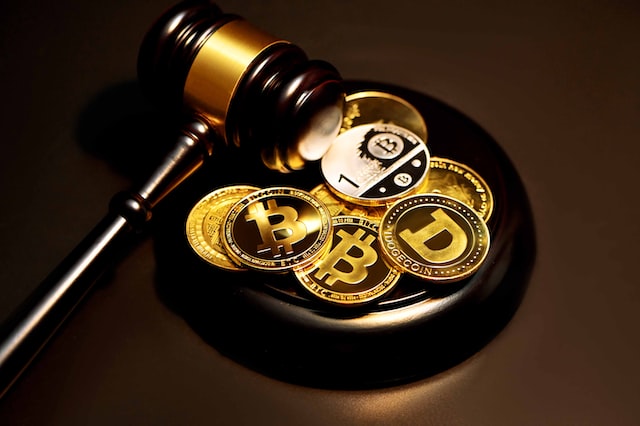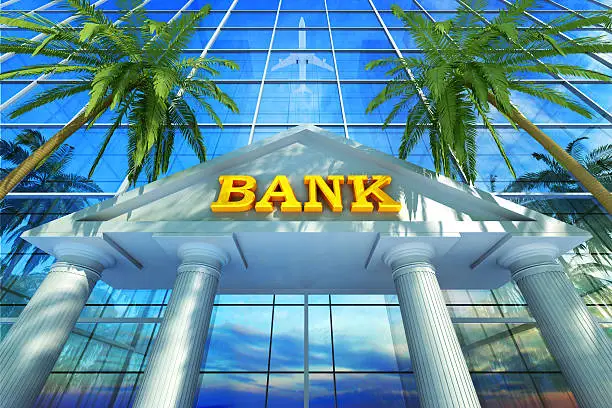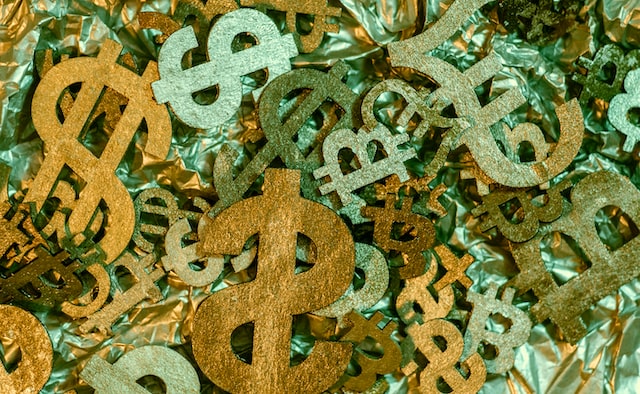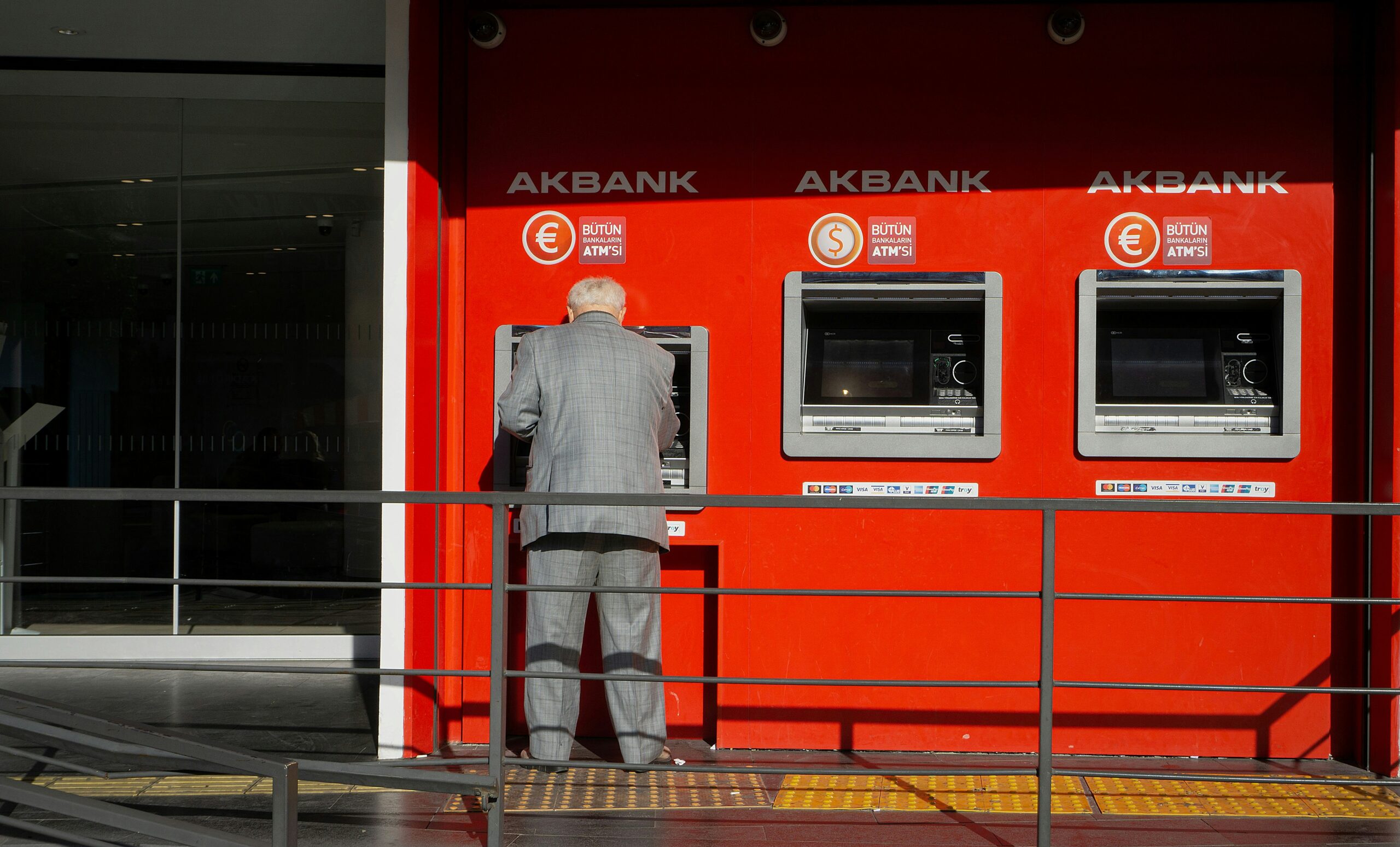Binance Coin (BNB) is the ecosystem’s primary digital asset. The Binance Chain and Binance Smart Chain, it is mostly employed to cover transaction costs. Additionally, it allows customers of the Binance exchange to save money on trading costs by utilizing BNB.

The coin in practice
It is a cryptocurrency asset that fluctuates in value as individuals use and trade it, much like other digital assets available on the market. Additionally, it should be mentioned that BNB collaborates with the Binance Chain and Binance Smart Chain, two distinct blockchains (BSC). BSC is a second blockchain that was created in addition to Binance Chain, operating side by side with BC and including unique features such as smart contract functionality. To interact with either blockchain (BSC or BC), network fees must be paid in BNB. Since 2017, Binance has used a portion of its earnings to buy back and burn BNB. Every three months, Binance will burn BNB coins until it has acquired and destroyed 100 million BNB coins, or half of its initial maximum supply. The procedure reduces the supply of Binance Coin and alters its rarity, which may have an impact on the asset’s value.
Fees for transactions
Transaction fees are used by most cryptocurrencies for two crucial factors. The first benefit of fees is a decrease in spam on the network. Large-scale spam assaults become more expensive and difficult to execute as a result. Second, transaction fees serve as a reward for users that assist in validating and verifying transactions. The majority of blockchains have reasonable transaction fees, however, depending on network usage, these costs might rise significantly. The number of fees you decide to pay as a user impacts the order in which transactions are added to the following block. The confirmation procedure moves more quickly the more money is paid in fees.
Transaction costs for the Binance Chain
A blockchain network called Binance Chain enables users to buy, sell, and trade coins and other BEP-2 tokens. They can design and issue their tokens. Delegated Proof of Stake is the consensus method used by Binance Chain. So, we have validators rather than miners. The Binance DEX (decentralized exchange), where users may trade crypto assets directly from their wallets, is also powered by Binance Chain. Binance Chain and DEX transaction costs are paid with the coin.
Calculation of transaction costs for the Binance Chain
Depending on the course of action you choose, the charge structure shown in BNB will apply. On Binance DEX, there is a distinction between transaction costs (such as sending BNB) and trading fees. Additionally, depending on the market price of the coin, the overall cost of a transaction may increase or decrease. Fees may only be paid with the coin when performing non-trade-related operations like withdrawing or putting BNB into a wallet. Although there is a discount for paying in BNB, fees for trade-related activities on DEX are payable in the traded cryptocurrency. This program aids in promoting the usage of BNB and increasing its user base.
Transaction charges for BNB Smart Chain
In addition to the Binance Chain, another blockchain called BNB Smart Chain (BSC) also exists (i.e., two separate networks). The BNB operating on the BSC is a BEP-20 token, whereas the BNB running on the Binance Chain is a BEP-2 coin. The BNB Smart Chain is more adaptable since it supports the development of smart contracts. Unlike the Binance Chain, the fee structure for BSC is not set in stone. Instead, a gas system is employed (like Ethereum), which reflects the computational power required for carrying out smart contract operations and transaction processing. A Proof of Staked Authority consensus technique is used by the BSC network. Users of the network must stake BNB to become validators, and if a block is successfully validated, they are paid the transaction costs.
Calculation of transaction costs for the BNB Smart Chain
The cost structure for BSC is comparable to that of Ethereum. The transaction costs are shown in Gwei, a tiny unit of currency equivalent to 0.000000001 BNB. Users can choose their gas pricing to give newly additional transactions higher priority. BscScan offers a daily average as well as the lowest and highest prices paid, making it easy to determine the current and historical average gas prices. The average charge on BSC is around 13 Gwei as of March 2021. The BSC costs are often quite modest, but the network will warn you that you don’t have enough money if you try to transmit tokens without having BNB in your account. Keep some additional BNB in your wallet so you can cover the transaction costs.
Withdrawal costs
You must pay transaction fees when withdrawing money from the exchange. Depending on the coin and network you use, these costs change. For transactions that take place inside of its trading platform, Binance has its fee structure. However, variables outside of Binance’s control have an impact on withdrawal costs. Your ability to withdraw your cryptocurrency depends on the efforts of miners and validators outside the ecosystem. As a result, Binance must frequently modify the withdrawal fees per network conditions, such as traffic and demand. Binance also has minimum withdrawal thresholds for cryptocurrency. On the Fee Schedule page, you may search for the most recent restrictions. Withdrawal fees are separate from trading costs and are determined by your account’s VIP level. The VIP status of your account is determined by your total monthly trading volume. The current maximum fee is 0.1% of the value of the cryptocurrency transacted as a maker or taker. Remember that users will pay less in trading fees if they pay with BNB.







